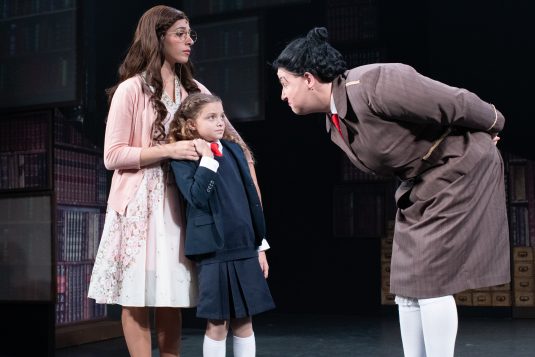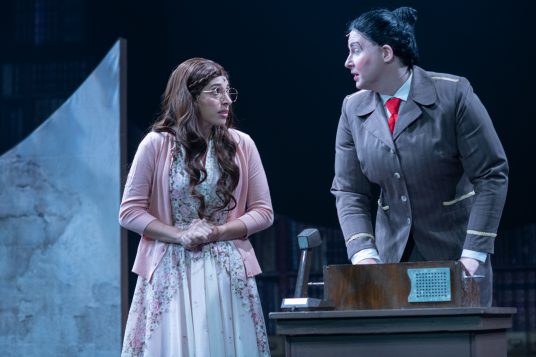Applauding Cedar Beach environmental sentiments
I applaud the sentiments of “Trying to enjoy peace at Cedar Beach” in Letters to the Editor, Sept. 5.
I can’t count how many times I’ve been at the beautiful beaches and parks in our area — as well as parking lots — and felt similar feelings of bewilderment and anger when I see people sitting in their idling cars, often with the windows down. Why run the engine, especially on a beautiful day? It’s a waste of gas and money, and pollutes the air while creating unnecessary noise.
Perhaps our local leaders can put forth legislation that would fine those who idle their engines beyond the 3-minute limit acceptable by New York State law? Maybe some people don’t grasp the detrimental effects on the environment — not to mention the waste of their own money — but perhaps enforcing legislation and fines would provide a wake-up call. Let’s all enjoy fresh air and nature in peace and quiet, and be considerate of others.
Adriana Lubarsky
East Setauket
Keeping LIRR on track
Port Jefferson commuters should be concerned that the LIRR still needs to reach a state of good repair for existing fleet, stations, elevators, escalators, signals, interlockings, track, power, yards and shops. It also includes more and more stations reaching compliance with the Americans With Disabilities Act. All maintenance programs for all operating assets also need to be fully funded and completed on time to ensure riders safe uninterrupted reliable service. Since its creation in 1964, the Urban Mass Transit Administration (known since 1991 as the Federal Transit Administration) has provided billions to pay for many of these capital improvements.
The LIRR share of annual FTA grants to the MTA averages 15%. In 2024, this should represent $270 million of $1.8 billion in federal grant funding. The state Department of Transportation provides Statewide Mass Transportation Operating Assistance on an annual basis to the MTA and LIRR. Let us give thanks to both Washington and Albany for continued financial support for our very own LIRR — the nation’s largest commuter railroad.
Larry Penner
Great Neck
Voices of service: the true cost of new nonprofit oversight
Last month, Suffolk County Legislators Trish Bergin (R-East Islip) and Rob Trotta (R-Fort Salonga) sponsored I.R. 1687, a bill that would amend the Suffolk County Code to provide the county more oversight into the internal fiscal operations of nonprofit entities seeking county subsidies and limiting the salaries of nonprofit executives.
I have worked in nonprofit leadership since 2011. Leading a nonprofit is often impossibly difficult. Over half of respondents in a recent survey from the Chronicle of Philanthropy noted that they struggle with a work-life balance. Nearly two-thirds of the nonprofit leaders in the Chronicle’s survey say the country’s polarization — over politics, race and culture — is making their work more difficult.
A third of survey participants say they are likely to leave their current organization in the next two years. Twenty-two percent say they are likely to leave the nonprofit world altogether. Other than retirement, top reasons include salary, the challenge of finding resources and the demands of the job.
I can’t think of any other industry that is on the edge of losing almost 25% of their leadership workforce.
A healthy relationship between nonprofits and their local, state and federal governments brings stronger programming and services to residents. Without the nonprofit sector, the government does not have the infrastructure or systems in place to provide the care we need.
My colleagues and friends who have devoted their life to this work are not money-hungry hoarders. But if our industry is going to recruit competitive talent to lead, we must be able to offer competitive salaries.
Perhaps our county legislators and others like them should rethink opportunities to increase their giving and partnerships so we can actually solve the problems facing nonprofit organizations, rather than attacking the people responsible for working to solve them.
Cindy Morris
Stony Brook
























 A resident of Setauket, author John L. Turner is conservation chair of the Four Harbors Audubon Society, author of “Exploring the Other Island: A Seasonal Nature Guide to Long Island” and president of Alula Birding & Natural History Tours.
A resident of Setauket, author John L. Turner is conservation chair of the Four Harbors Audubon Society, author of “Exploring the Other Island: A Seasonal Nature Guide to Long Island” and president of Alula Birding & Natural History Tours.














